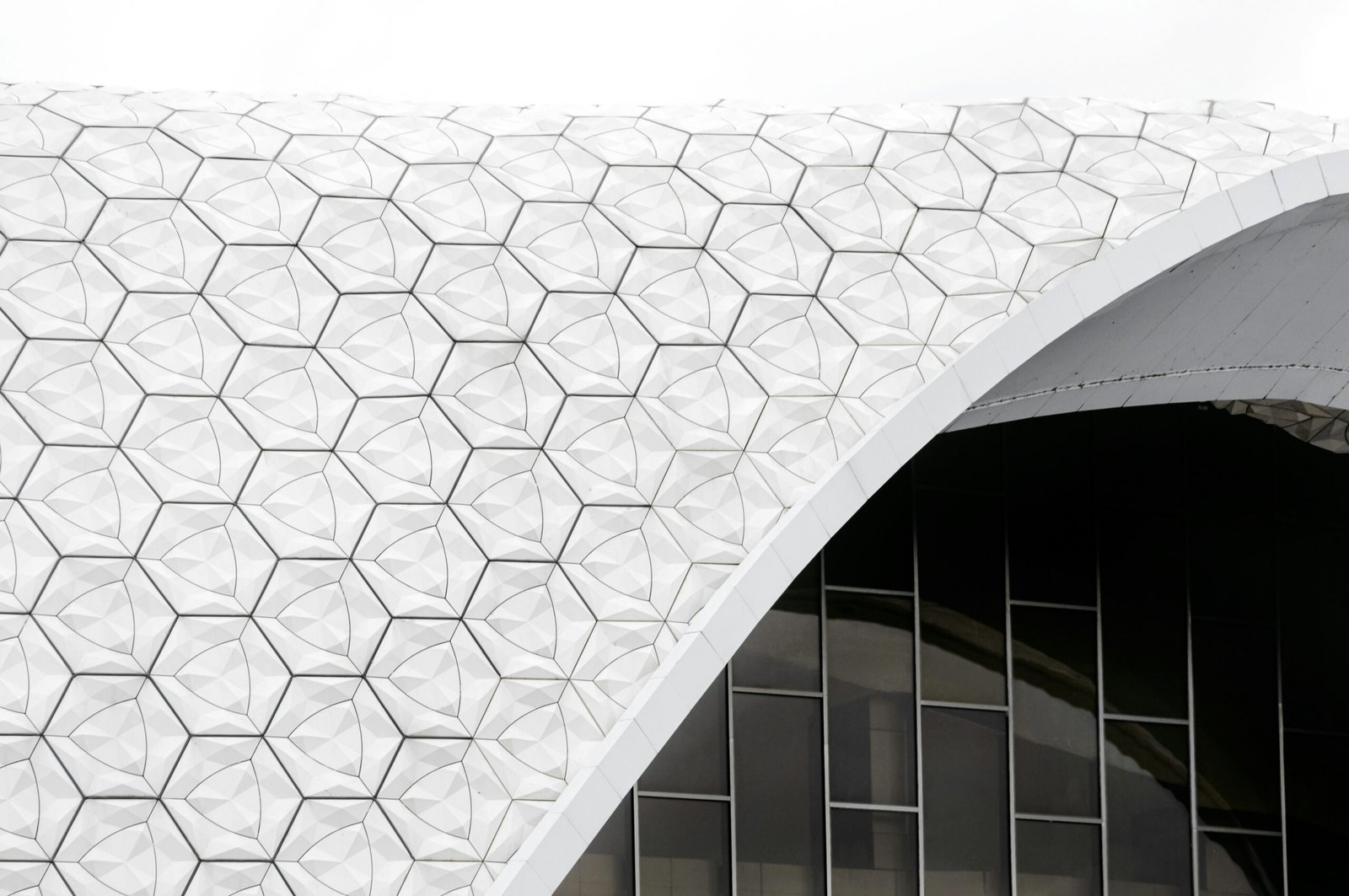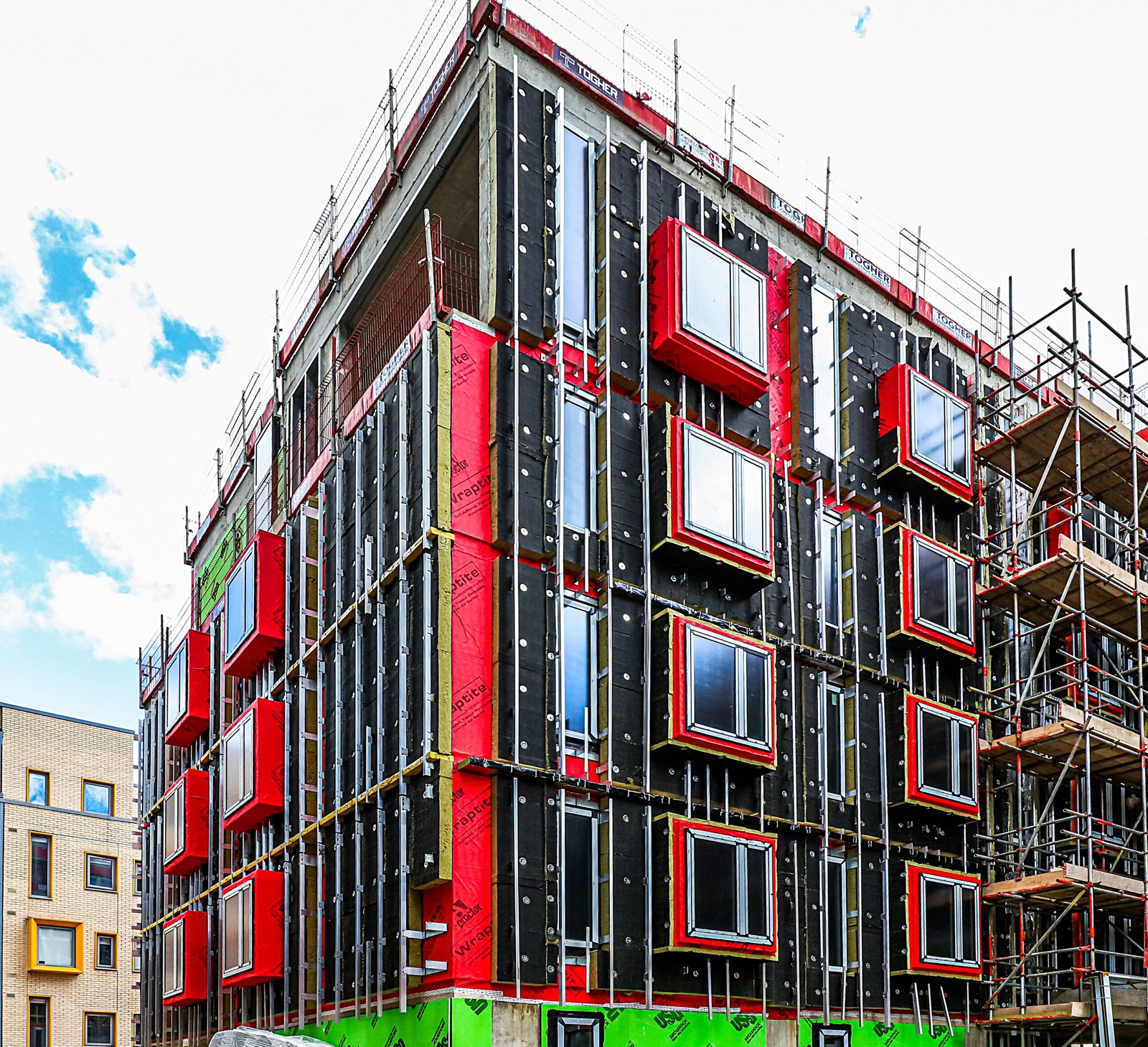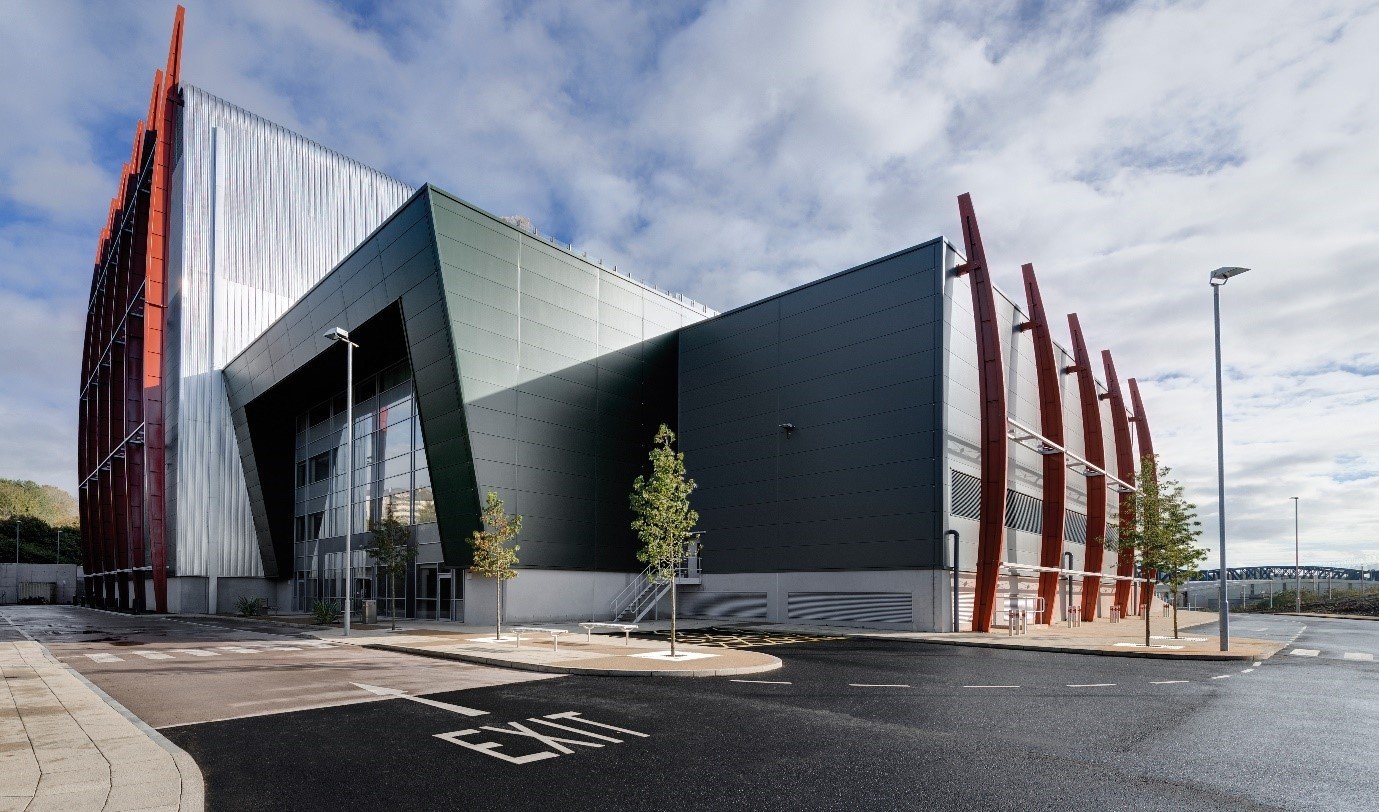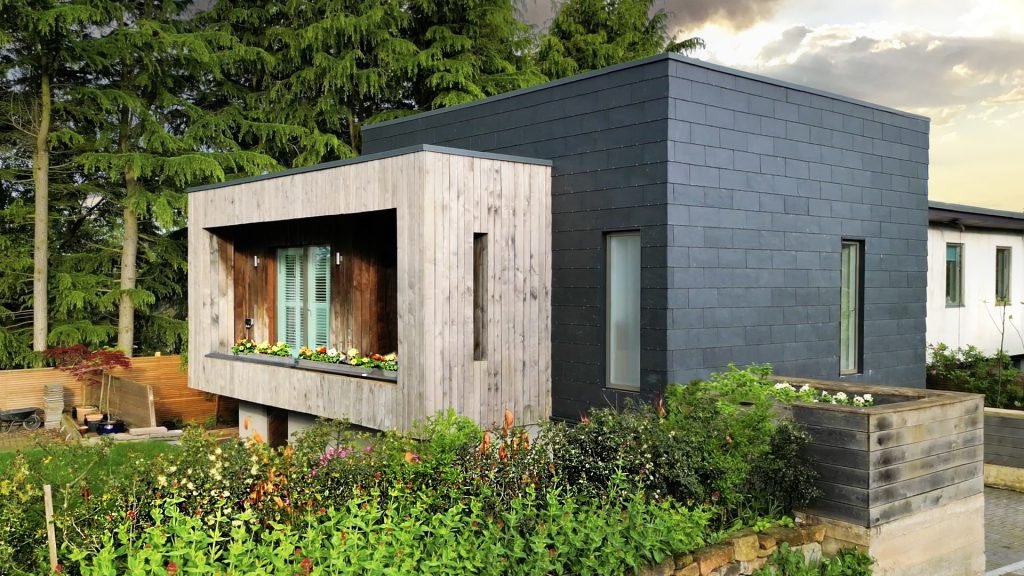Understanding Material Properties
The selection process for rainscreen cladding materials involves a careful evaluation of several key properties:
Durability: The ability of the material to withstand environmental stressors such as UV radiation, moisture, temperature fluctuations, and pollutants.
Fire Resistance: Essential for ensuring safety, materials should comply with the UK’s stringent fire safety regulations, prioritising non-combustible options classified as A1 or A2.
Aesthetic Appeal: The material should align with the architectural vision, offering the desired texture, colour, and finish.
Sustainability: With a growing emphasis on green building practices, materials that are recyclable and have a low environmental impact are increasingly preferred.
Cost-Effectiveness: Budget constraints cannot be ignored, making the balance between performance and cost a key consideration.
Delving into Material Options
Metal Cladding (Aluminium, Zinc, Copper): Metals are prized for their durability, lightweight nature, and recyclability. Aluminium, for example, is both lightweight and strong, offering excellent corrosion resistance and flexibility in finishes. Metals can also provide a sleek, modern appearance but require insulation layers for improved thermal performance.
Composite Materials: These consist of two or more constituent materials with different physical or chemical properties. Aluminium composite panels (ACPs) are a popular choice, known for their fire resistance when made with a non-combustible core, and their vast range of finishes.
Fibre Cement: This material offers an excellent balance of durability, fire resistance, and aesthetic versatility. It’s a composite material made from cement reinforced with cellulose fibres, providing a modern look with substantial environmental benefits.
Terracotta: As a natural material, terracotta offers a unique aesthetic with excellent durability and moisture resistance. It’s also environmentally friendly, though the options for finishes and colours may be more limited compared to other materials.
Timber: While offering natural beauty and a carbon-negative footprint, timber requires careful consideration regarding durability, maintenance, and fire resistance. Treatments and species selection can enhance these properties, but the use of timber may be restricted in certain applications due to fire regulations.
Navigating Fire Safety and Environmental Considerations
The choice of material is significantly influenced by fire safety regulations and environmental sustainability goals. Materials classified as non-combustible (A1 or A2) are not only a legal requirement for many applications but also a moral one, ensuring the safety of building occupants. Similarly, materials with lower environmental impacts, whether through recyclability, low carbon footprint, or sustainable sourcing, are increasingly demanded by both regulations and societal expectations.
Conclusion: A Material Difference
Selecting the right material for rainscreen cladding is a complex but critical decision in the construction process, impacting everything from safety and durability to aesthetics and sustainability. By understanding the unique properties and benefits of different materials, construction professionals can make informed choices that meet the specific needs of their projects and stakeholders.
As we continue to explore the multifaceted world of rainscreen cladding, our next article will delve into design trends and how they influence the selection and implementation of cladding materials, ensuring your project not only meets but exceeds expectations.






